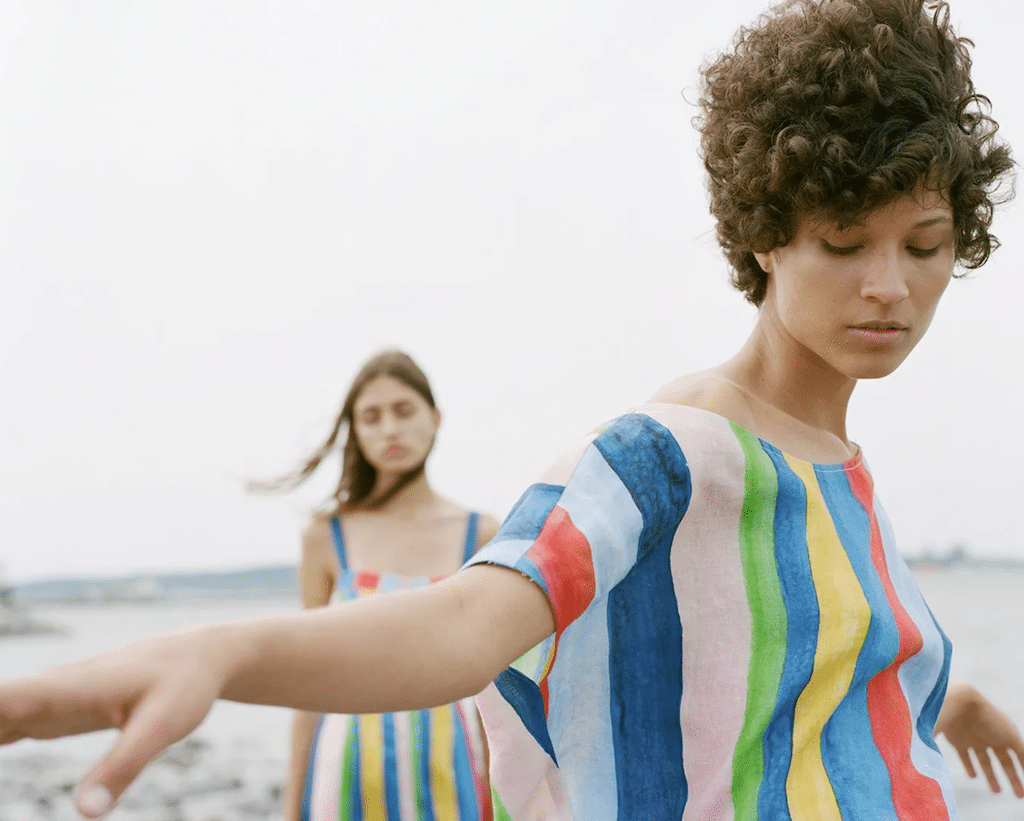Ready to curate an eco-conscious wardrobe? The good news is that you don’t have to sacrifice style for ethics with these sustainable fashion designers.
The myriad of sustainable clothing designers on the market make mindful shopping and alternatives to fast fashion easier than ever. And they’re churning out trendy, fashionable pieces all while doing good for the planet.
Right now, the entire fashion industry, which includes luxury brands, is facing a major environmental crisis. It’s driving greenhouse gas emissions, eating up resources, contributing to pollution, and piling up waste.
The truth is, producing and buying new clothes all the time has a major cost: the planet. But it doesn’t have to be this way. Many luxury designers and sustainability pioneers are helping to prove that fashion can be conscious and stylish and fun all at the same time. Here are seven of our favorites.
Is sustainable clothing really sustainable?
The fashion industry has a major greenwashing problem. Fashion brands are using misleading terms like “organic” and “recycled” to appease the growing demand among consumers for more eco-friendly products.
From touting recycling initiatives to launching ranges featuring upcycled materials, these marketing ploys are simply the fast fashion industry’s attempt at appearing more sustainable than it actually is.
Take, for example, H&M’s Loop campaign. Launched in 2020, the in-store recycling initiative encourages consumers to recycle their used clothing — turning old garments into new ones.
But, similar to British retailer Asos’ circular collection and leading athleisure brand Lululemon’s recent sustainable revamp, the recycling program doesn’t mitigate the environmental impact of the billions of garments it produces each year.
Sustainable fashion designers
There are still countless eco-friendly designers that actually go the distance. Check out the following designers. From luxury runway wear to alternatives to fast fashion, they’re all doing good for the planet — and your wardrobe.
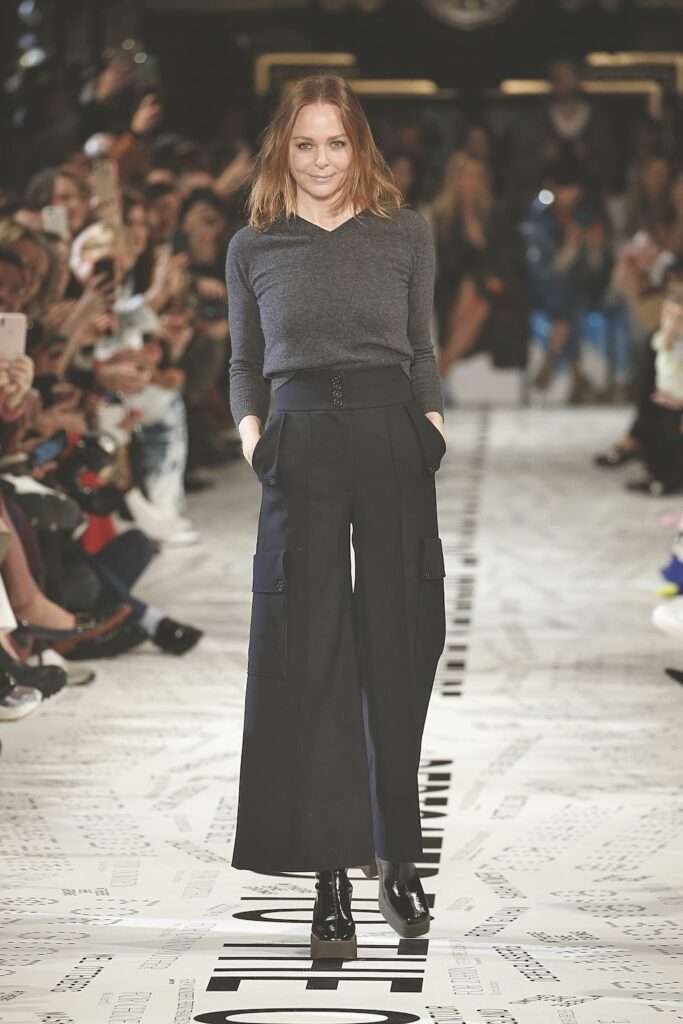
1. Stella McCartney
When you think of sustainable luxury fashion, it’s likely that one of the first people who springs to mind is Stella McCartney. The designer founded her own brand back in 2001 and has always emphasized the importance of mindful, cruelty-free fashion. She has never used leather or fur in any of her designs and is consistently on the hunt for new, innovative eco-friendly fabrics.
Since its launch in 2001, this luxe fashion powerhouse’s commitment to creating ethical and sustainable pieces can be seen across all of its collections. From slides made from industrial waste to trousers made from viscose, a sustainable fabric derived from wood pulp, Stella McCartney uses a number of organic and recycled materials.
In 2021, McCartney’s brand launched the first-ever garments made with Mylo mushroom leather. At the time, the designer said the vegan material “embodied” her brand’s commitment to “innovate a kinder fashion industry.”
“People associate leather with luxury, but I wanted to approach things in a different way,” McCartney said in an interview with Nordstrom. “I always wanted to prove it was doable without sacrificing style or design. I think it’s one of the most game-changing things we’ve done in the fashion industry, and we are still the only luxury fashion house providing this type of product.”
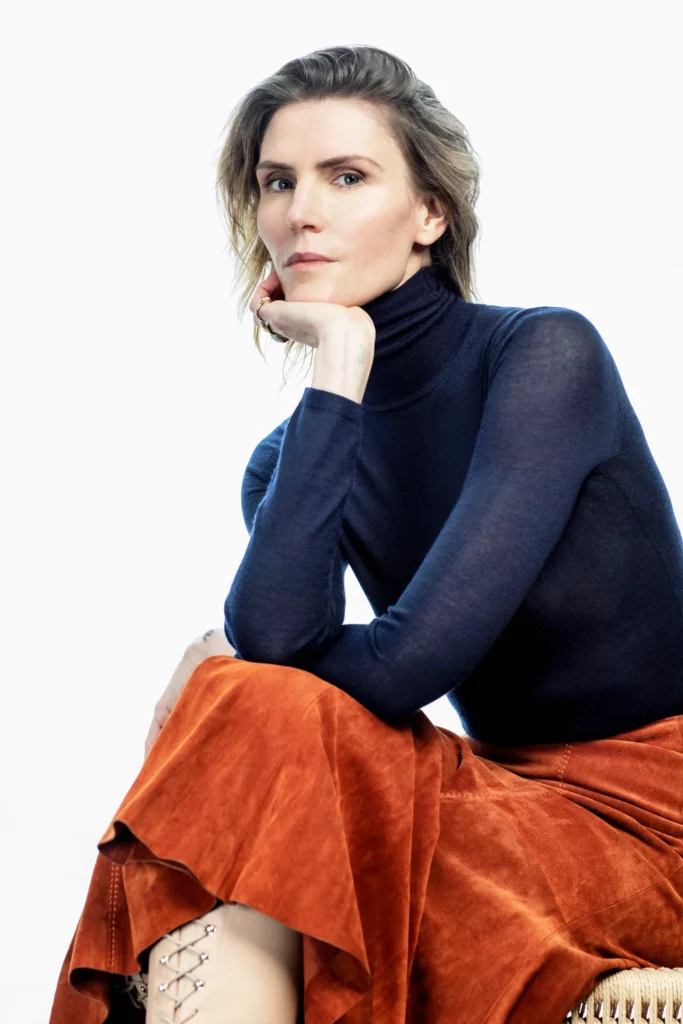
2. Gabriela Hearst
“Upcycling” might be a (hopefully long-lasting) trend now, but it’s something that Gabriella Hearst has been doing for a few years now. In fact, in 2017, the Uruguayan designer presented her first-ever runway show, which was made with 30 percent deadstock. And two years later, in 2019, she put on the first-ever carbon-neutral runway show in New York’s Fashion Week.
Hearst — who became the creative director of luxury house Chloé in 2020 and stepped down last fall — has also made big commitments to phase out virgin materials at her eponymous brand. “I grew up on a farm,” she told CNN in 2021. “Everything gets used on a farm, so that’s where I learned utilitarian skills for sustainability.”
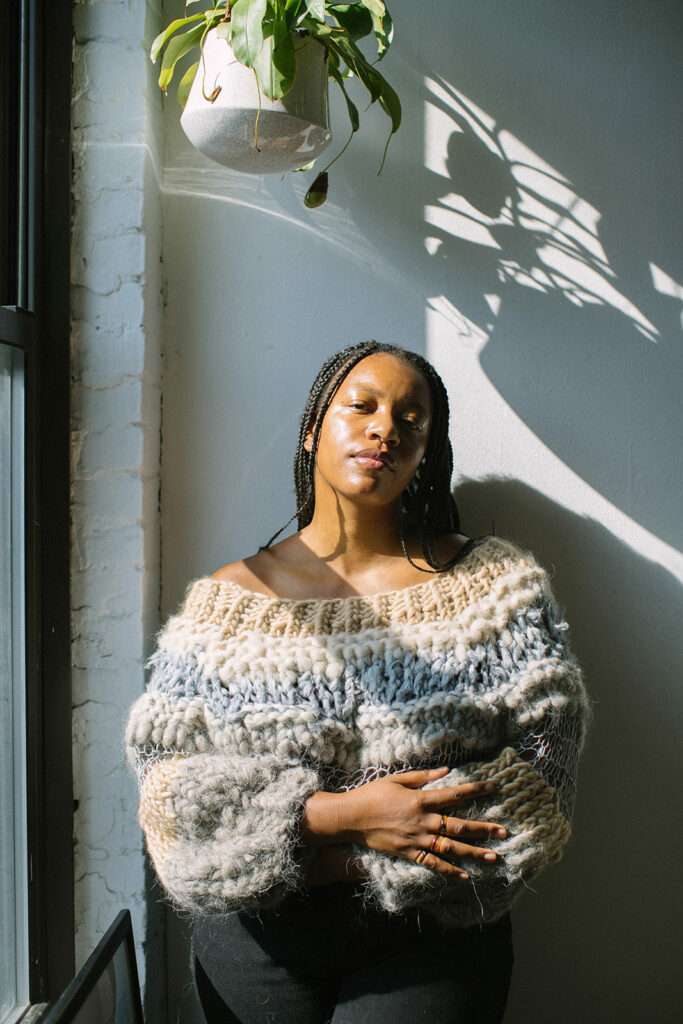
3. Nia Thomas
In the past, New Yorker Nia Thomas has described herself as being “anti-fashion industry.” And that’s not because she doesn’t love clothes, quite the opposite. Thomas believes that garments should be stylish, timeless, and above all, cherished.
She rejects the idea that brands should have to drop new collection after collection, without caring for the impact it’s having on the planet and people. That’s why all of her luxury knitwear is created in ethical factories in New York, Mexico, and Peru, using materials like Tencel, cotton, and bamboo viscose.
“No sweatshop labor, no strict fashion season calendar, no following the norms that traditional fashion houses have used in the past,” Thomas told Metal Magazine. “We are part of a new generation of designers that believe in making work that is revolutionary in our ethics and overall message.”
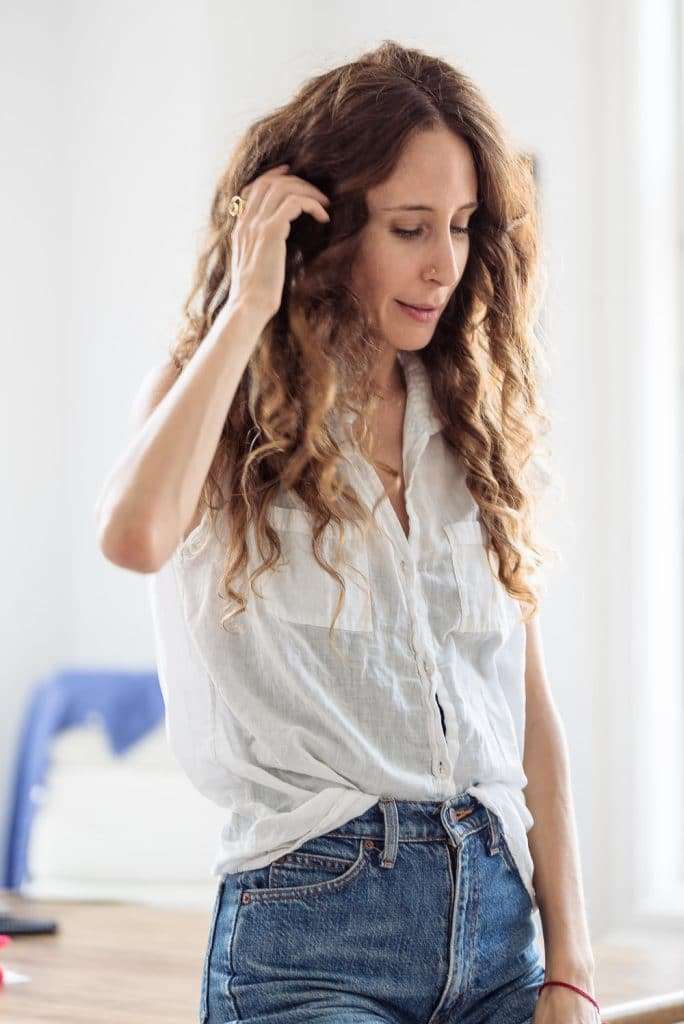
4. Mara Hoffman
When you’re wearing one of Mara Hoffman’s designs, you can be content with the knowledge that you’re supporting a designer who knows what it takes to be sustainable in fashion. From regenerated nylon to hemp and organic cotton, great care has been taken to ensure that all of the materials in Hoffman’s portfolio are as responsible as possible.
Hoffman founded her brand in 2000, but this major emphasis on sustainability has picked up speed in the last few years.
“To me, sustainability is a constant work in progress,” she told Rêve En Vert. “It’s consistently taking steps in the right direction whether that’s trying to use one less AC unit in the office or breaking down and rebuilding your production line. Ultimately, it is about being as harm-free as possible.”
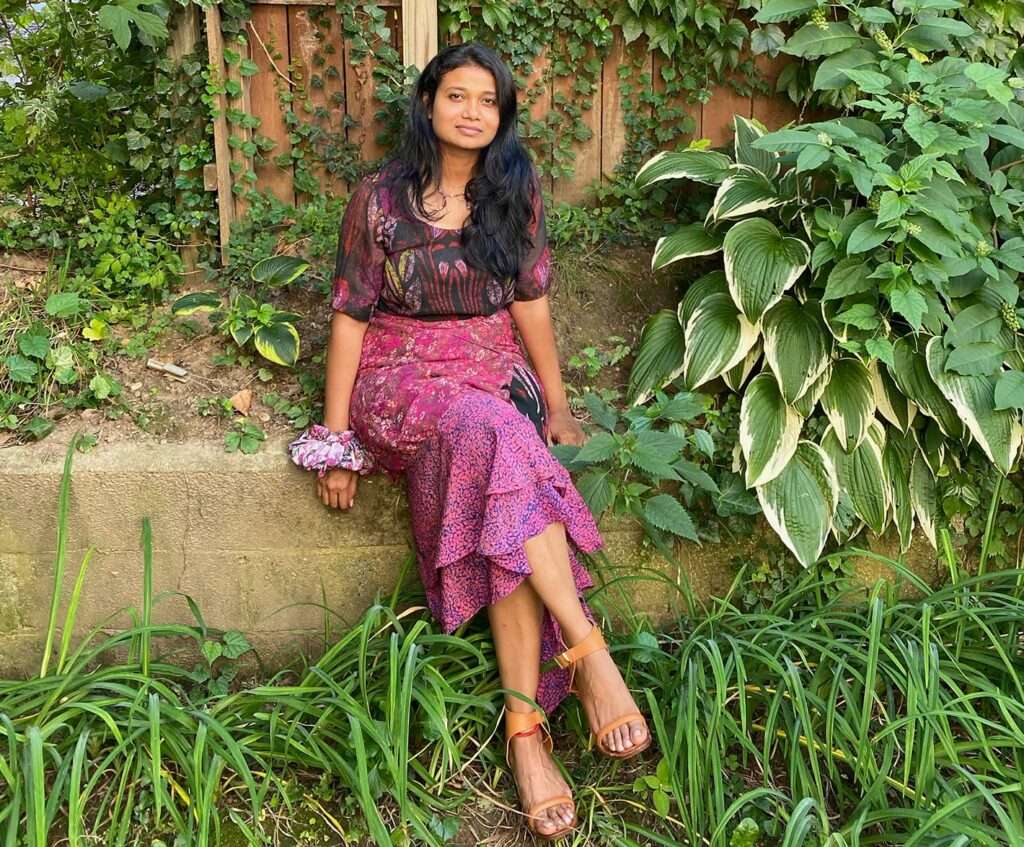
5. Roopa Pemmaraju
All of Roopa Pemmaraju’s designs start out on paper in New York, before they are handcrafted by artisans in her home city of Bengaluru, India, using materials like recycled cotton and silk, and techniques like hand embroidery and block printing. “Social responsibility and sustainability are always at the forefront of what we do,” Pemmaraju told Anthropologie. “I want to see the community I grew up in thrive while also making the world a better place for all living things.”
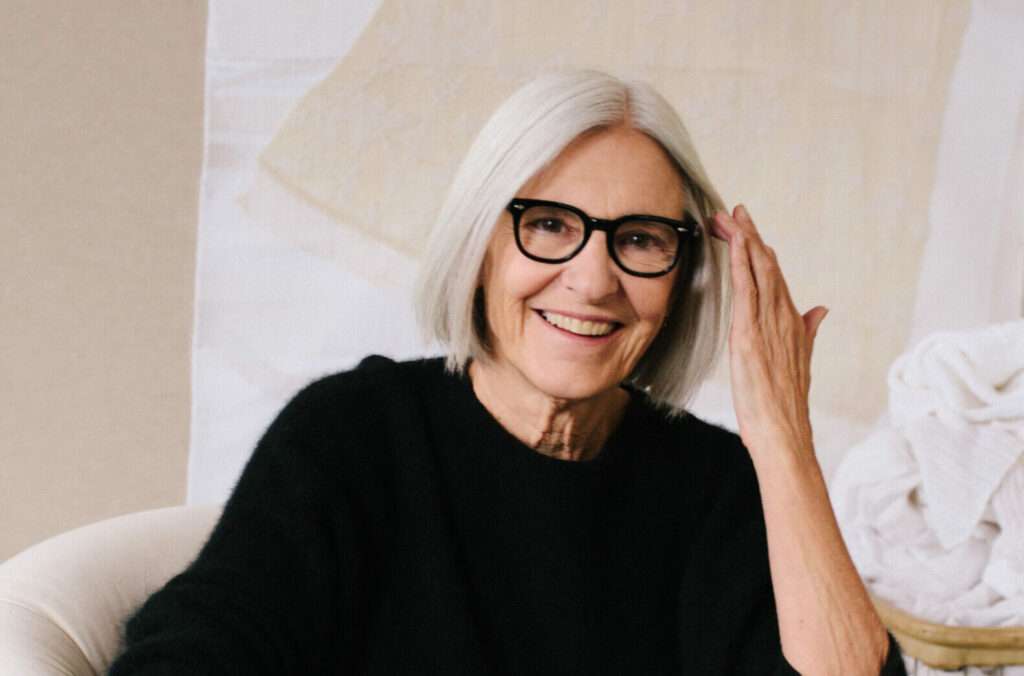
6. Eileen Fisher
American designer Eileen Fisher’s eponymous brand is a certified B Corp, which means it has to uphold strict standards when it comes to social and environmental performance. Right now, the brand’s focus is on perpetuating a circular system of fashion, which means its pieces are designed to be bought, loved, and then sold on to someone new, which it supports with its take-back program called Eileen Fisher Renew.
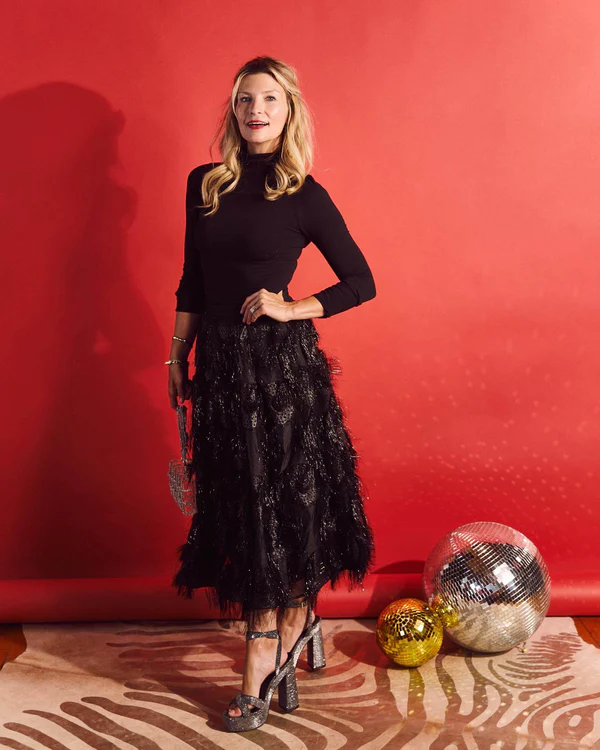
7. Buru
Morgan Hutchinson, founder and designer behind the LA-based label Buru is committed to upcycled deadstock for all of her designs. From fabrics to trim to buttons and more, everything is made from materials that would otherwise go unused. Rather than see these as limitations, Hutchinson is one of the most inspired designers around today, creating original bespoke pieces that become instantly irreplaceable in any wardrobe.
Related on Ethos:
All products featured on Ethos have been independently selected by our editorial team.
When you buy something through our links, Ethos may earn an affiliate commission.

